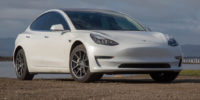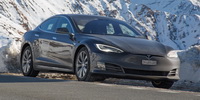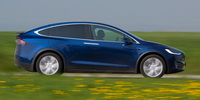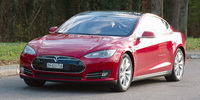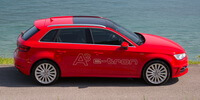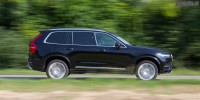Climate change & EVs: inconvenient numbers ?
Here again, the swiss study is an outlier and under these assumptions, for the same cell chemistry, increasing capacity and range to meet consumer adoption thresholds harms the ecological equation. However, none of these study concludes that battery grey energy is a decisive factor for the footprint. The electricity source is always a bigger factor.
Electricity production collides with political trends in the energy sector (Energiewende in Germany, Strategy 2050 in Switzerland). Both countries have decided to obsolete their nuclear production infrastructure, but without a clear alternative providing a reliable energy production bedrock which can be relied upon independently from seasons or weather events, 365/24.
Switzerland, for instance, must replace its aging nuclear power plants (31% of electricity consumption in 2017) with other sources in a context where the hydroelectric potential of the alps is tapped out and climate change is expected to erode precipitation. Converting 25% of the passenger car fleet to electric is estimated to result in a consumption incrase of 2.3 TWh, or 3.7% of the country’s total consumption. In macroscopic terms, replacing nuclear is therefore a far bigger challenge than converting cars from petrol/diesel to electricity. This conversion however only makes environmental sense if the substitute to nuclear is cleaner than fossile fuels.
Conclusion
Currently available battery electric cars are only selling in very low volumes: the 2018 marketshare was 0.6% in GB, 1.2% in France and 1.7% in Switzerland. Limited range, high purchase costs, practical constraints, the recipe for a wider adoption is not yet on the market. But from a climate impact standpoint, a broader adoption of electric cars would be beneficial to greenhouse gas emissions as long as the electricity source remains reasonably clean. The four studies reviewed in this article diverge in terms of assumptions and estimates, but all reach the same conclusion in this regard.
The temptation to deploy massive incentives should however be tempered. Climate change is by essence a global phenomenon, and investments into forestry projects in Indonesia or Brazil can have far greater effect than local EV incentives. This is the conclusion reached by a study of the University of Trondheim on norwegians EV subsidiessur which are judged to be wasteful.
It is also worth noting that the most ecological forms of mobility are 1) sedentary (moving less) 2) human-powered (walking, cycling) 3) public transportation (less than 10g/person-km the swiss rail company).
Links
Forum topic – hybrid and electric cars road tests – further reading:


